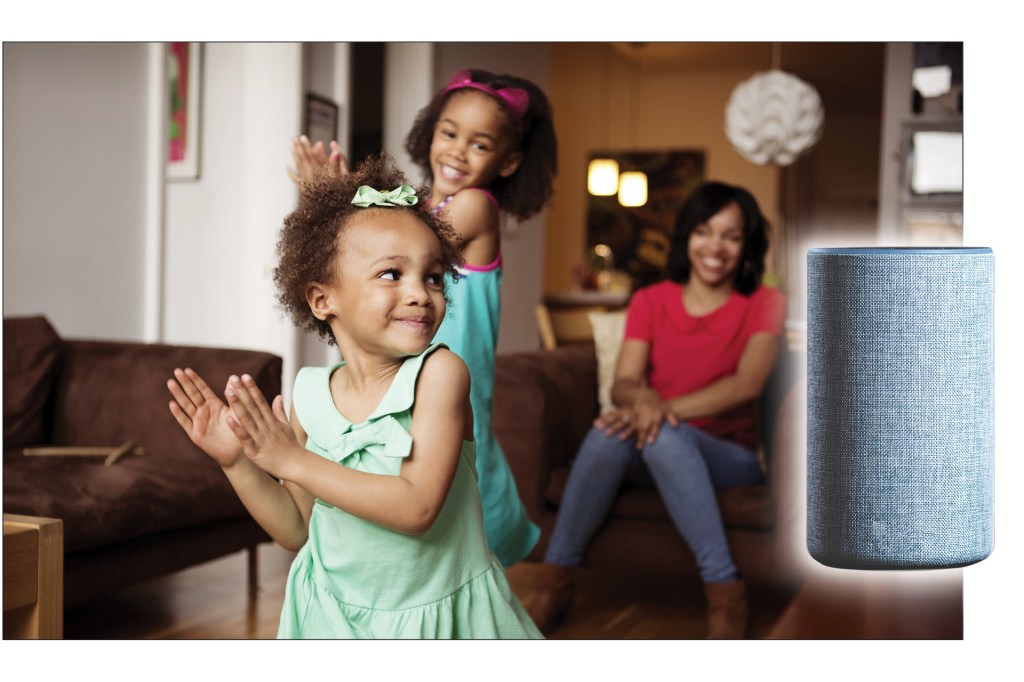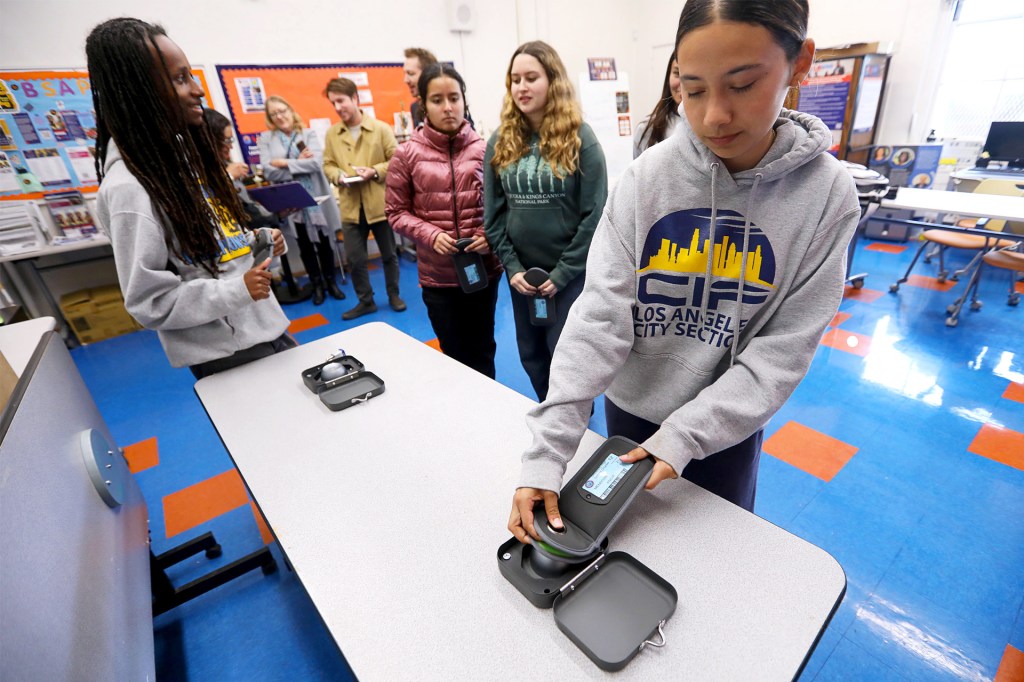Get Smart

If you walked by James Fasulo’s bedroom, in Queens, New York, you might hear the 8-year-old talking. You could think he was chatting with his 4-year-old sister, Anna. But James would probably be talking to his smart speaker. It’s an Echo Dot. “I use it daily,” he told TIME for Kids.
James often asks his Dot to tell jokes. He also asks it to play music. And his sister? “She asks for songs from Frozen,” he says.
In December 2017, there were about 67 million smart speakers in homes in the United States. A year later, the number was nearly 119 million. That’s according to a study by National Public Radio and Edison Research.
“Families are interested in trying these products,” says Caroline Knorr of Common Sense Media. But with more kids using smart speakers, privacy worries are growing.
Who’s There?
Smart speakers are devices such as Google Home and Amazon’s Echo. They give users access to a voice-activated digital assistant.
Common Sense Media did a survey about smart speakers. They talked to more than 1,000 parents with kids ages 2 to 8. The results were announced in March. Nearly half of the parents said their kids use the speakers. Half of those kids use them daily.
Some parents report having turned off a smart speaker’s microphone. Why? About one-third of them say they did it because they didn’t trust the device.
“A smart speaker might behave like a human in some ways,” says Florian Schaub. He is a professor. He works at the University of Michigan School of Information. “But that’s really a company collecting data
data
 HERO IMAGES/GETTY IMAGES
information about something or someone
(noun)
The scientists reviewed the data collected during their experiment.
about you. Everything you say to a smart speaker is recorded by these companies.”
HERO IMAGES/GETTY IMAGES
information about something or someone
(noun)
The scientists reviewed the data collected during their experiment.
about you. Everything you say to a smart speaker is recorded by these companies.”
The recordings are used to help companies personalize
personalize
 PHOTOLOGY1971/GETTY IMAGES
to adapt something for a specific person
(verb)
I personalized the handkerchief with my initials.
service and ads, Schaub says. If users don’t like this, he suggests muting the speaker when it’s not in use and setting privacy controls.
PHOTOLOGY1971/GETTY IMAGES
to adapt something for a specific person
(verb)
I personalized the handkerchief with my initials.
service and ads, Schaub says. If users don’t like this, he suggests muting the speaker when it’s not in use and setting privacy controls.












